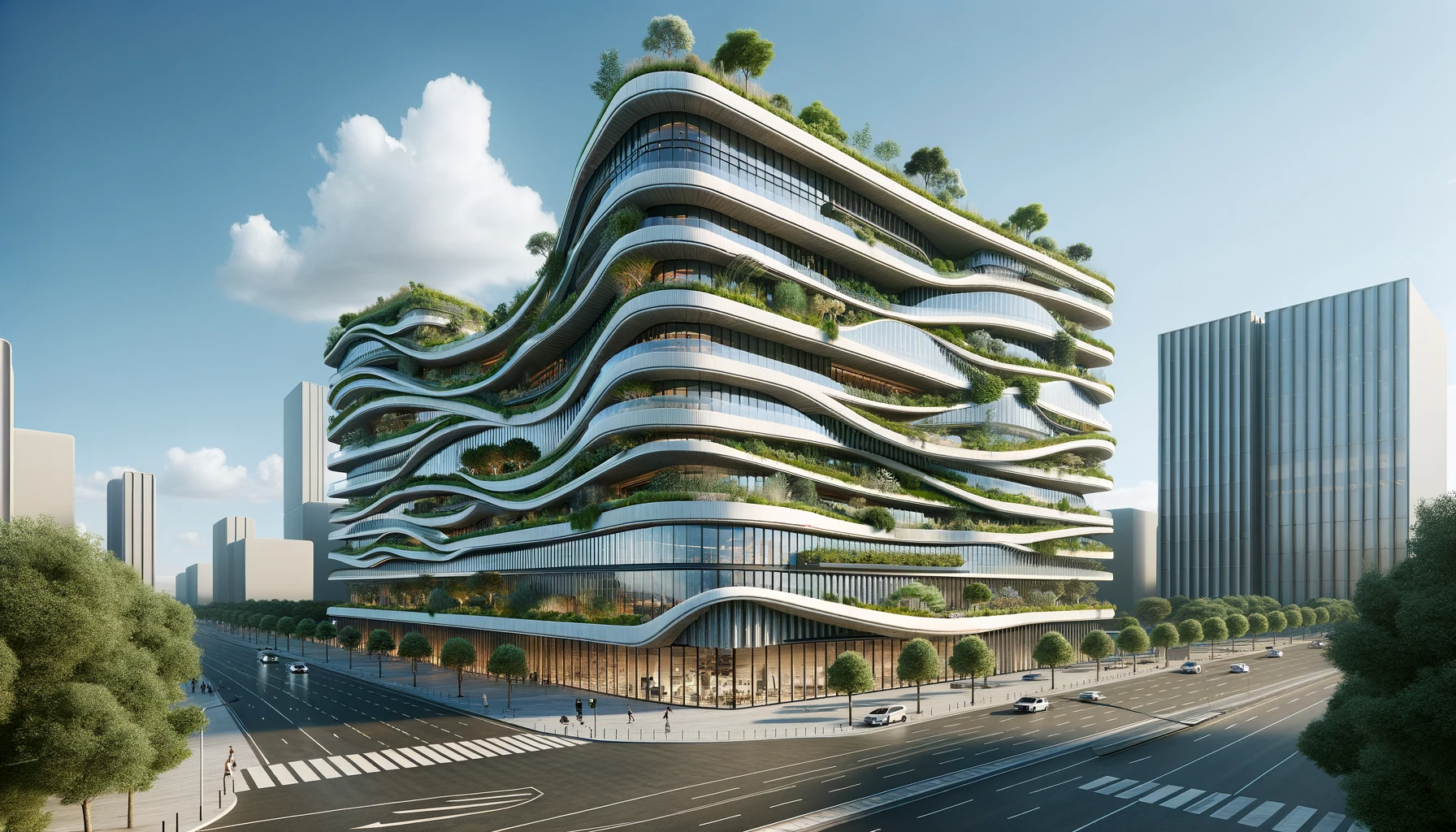While New York City may not immediately evoke associations with organic architecture due to its towering skyline, this article aims to delve into the nuanced presence and significance of this design ethos within the city’s architectural fabric. Join us as we meticulously explore the historical roots, evolutionary trajectory, and profound impact of organic architecture in New York City. So, grab your camera and join us on a captivating journey to uncover the hidden gems and innovative designs shaping the architectural landscape of New York.
What is organic architecture?
Organic architecture is a design approach that prioritizes harmony between built structures and their natural surroundings. It emphasizes fluid, interconnected forms inspired by nature, utilizing sustainable materials and integrating buildings seamlessly into their environments. By blurring the lines between indoor and outdoor spaces, organic architecture enhances both aesthetic appeal and environmental sustainability, fostering a sense of unity and balance within the built environment.
Organic Architecture in New York City
New York City, known for its towering skyscrapers and bustling streets, might not seem like the ideal setting for organic architecture. However, amidst the concrete jungle, there is a growing trend of architects and designers embracing organic principles. This article explores the roots, evolution, and significance of organic architecture in the context of New York City’s architectural landscape.
The Roots of Organic Architecture

Frank Lloyd Wright’s Influence
Frank Lloyd Wright, often regarded as the father of organic architecture, played a pivotal role in shaping this design philosophy. His innovative approach to architecture emphasized harmony with nature and organic integration of buildings into their surroundings.
How Wright’s Principles Shaped Organic Architecture
Wright’s principles, including his belief in sympathetic architecture and his keen observation of natural patterns, profoundly influenced the development of organic architecture. His designs sought to create spaces that felt connected to the environment, blurring the boundaries between indoors and outdoors.
Brief History of Organic Architecture in the Broader Context
Organic architecture emerged as a response to the industrialization and urbanization of the late 19th and early 20th centuries. Architects sought to move away from the rigid, mechanistic forms of traditional architecture and embrace a more holistic approach that celebrated the beauty and resilience of nature. While Wright’s work in the early 20th century laid the foundation for organic architecture, the philosophy has since evolved and been adopted by architects around the world.
Organic Architecture in New York City: A Historical Perspective
Organic architecture in New York City has a rich historical perspective, shaped by key figures and significant developments over the years. The movement gained momentum in the early 20th century, notably influenced by the groundbreaking work of Frank Lloyd Wright. Wright’s visionary designs, such as the Solomon R. Guggenheim Museum completed in 1959, challenged traditional architectural norms and paved the way for a new era of organic design in the city.
Throughout the mid-20th century, organic architecture continued to evolve, with notable projects like the TWA Flight Center at JFK Airport, designed by Eero Saarinen in 1962, showcasing innovative forms that embraced the natural landscape. However, it wasn’t until the turn of the 21st century that organic architecture truly flourished in New York City.
Organic architectural projects in NYC
In the heart of New York City, several architectural marvels stand as prime examples of organic architecture, blending seamlessly with the urban landscape while honoring the natural world. The Hearst Tower, designed by architect Norman Foster and completed in 2006, boasts an innovative diagrid structure and a strong emphasis on sustainability, setting a new standard for environmentally-conscious skyscrapers.
The Richard Gilder Center for Science, Education, and Innovation, designed by Studio Gang, showcases dynamic forms and voids inspired by geological formations, offering a modern interpretation of organic design principles. Beyond the city limits, projects like the Salt Point House, nestled in the serene landscapes of Salt Point, New York, exemplify a harmonious integration with nature, with contemporary designs that celebrate the surrounding environment. Together, these projects represent the enduring legacy of organic architecture in New York City, inspiring future generations of architects to create innovative, sustainable, and beautifully integrated structures.

Key figures and their contributions
Several key figures have left their mark on New York City’s organic architecture landscape. From architects like Frank Lloyd Wright, whose innovative designs challenged conventional norms and inspired a new generation of builders, to visionaries like Frederick Law Olmsted, whose advocacy for integrating natural landscapes into urban environments reshaped the city’s architectural identity.
How does organic architecture fit into NYC?
Organic architecture offers a unique perspective on New York City’s architectural landscape. While the city is known for its iconic skyscrapers and historic landmarks, organic buildings provide a counterbalance, blending seamlessly with the natural environment and offering a refreshing alternative to traditional architectural styles.
Buy Digital Copies (JPG)
-
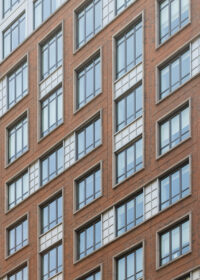 Architecture 3$ 49.00
Architecture 3$ 49.00 -
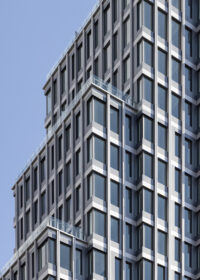 Architecture 2$ 49.00
Architecture 2$ 49.00 -
 Architecture 1$ 49.00
Architecture 1$ 49.00
Modern expressions of organic architecture in NYC
Recent projects and developments
In recent years, there has been a resurgence of organic architecture in New York City, with architects and developers incorporating organic principles into their designs. These projects range from residential buildings to cultural institutions and showcase the diverse ways in which organic architecture can be expressed in the urban environment.
Richard Gilder Center for Science
One of the most notable examples of organic architecture in New York City is the Richard Gilder Center for Science, Education, and Innovation at the American Museum of Natural History. Designed by Studio Gang, this innovative structure features dynamic forms and voids inspired by geological formations, creating an immersive and interactive environment for learning and exploration.
Other notable examples like the Hearst Tower

In addition to the Richard Gilder Center, there are several other notable examples of organic architecture in New York City. One standout is the Hearst Tower, a marvel of sustainable design and architectural innovation. Rising above the bustling streets of Manhattan, the Hearst Tower boasts an innovative diagrid structure, which not only lends it a striking aesthetic but also enhances its structural integrity.
What truly sets the Hearst Tower apart, however, is its unwavering commitment to sustainability. From its use of recycled materials to its energy-efficient systems, every aspect of the building is designed with environmental stewardship in mind. As a prime example of how organic principles can be applied to commercial skyscrapers, the Hearst Tower seamlessly blends into the city’s skyline while serving as a beacon of sustainability in the heart of New York City.
Buy Digital Copies (JPG)
-
 2020 Bridge$ 99.00
2020 Bridge$ 99.00 -
 Architecture 5$ 49.00
Architecture 5$ 49.00 -
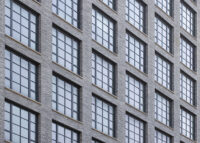 Architecture 4$ 49.00
Architecture 4$ 49.00
What does organic architecture mean for NYC?
Shaping the identity of NYC
Organic architecture plays a significant role in shaping the identity of New York City by offering a unique and refreshing perspective on urban design. It challenges conventional notions of architecture and celebrates the city’s connection to nature, contributing to its vibrant and diverse architectural landscape.
Sustainability and environmental harmony
One of the key aspects of organic architecture is its emphasis on sustainability and environmental harmony. By integrating natural elements and utilizing sustainable materials and practices, organic buildings in NYC help reduce their environmental footprint and promote a healthier, more sustainable urban environment for current and future generations.
Future of organic architecture in NYC
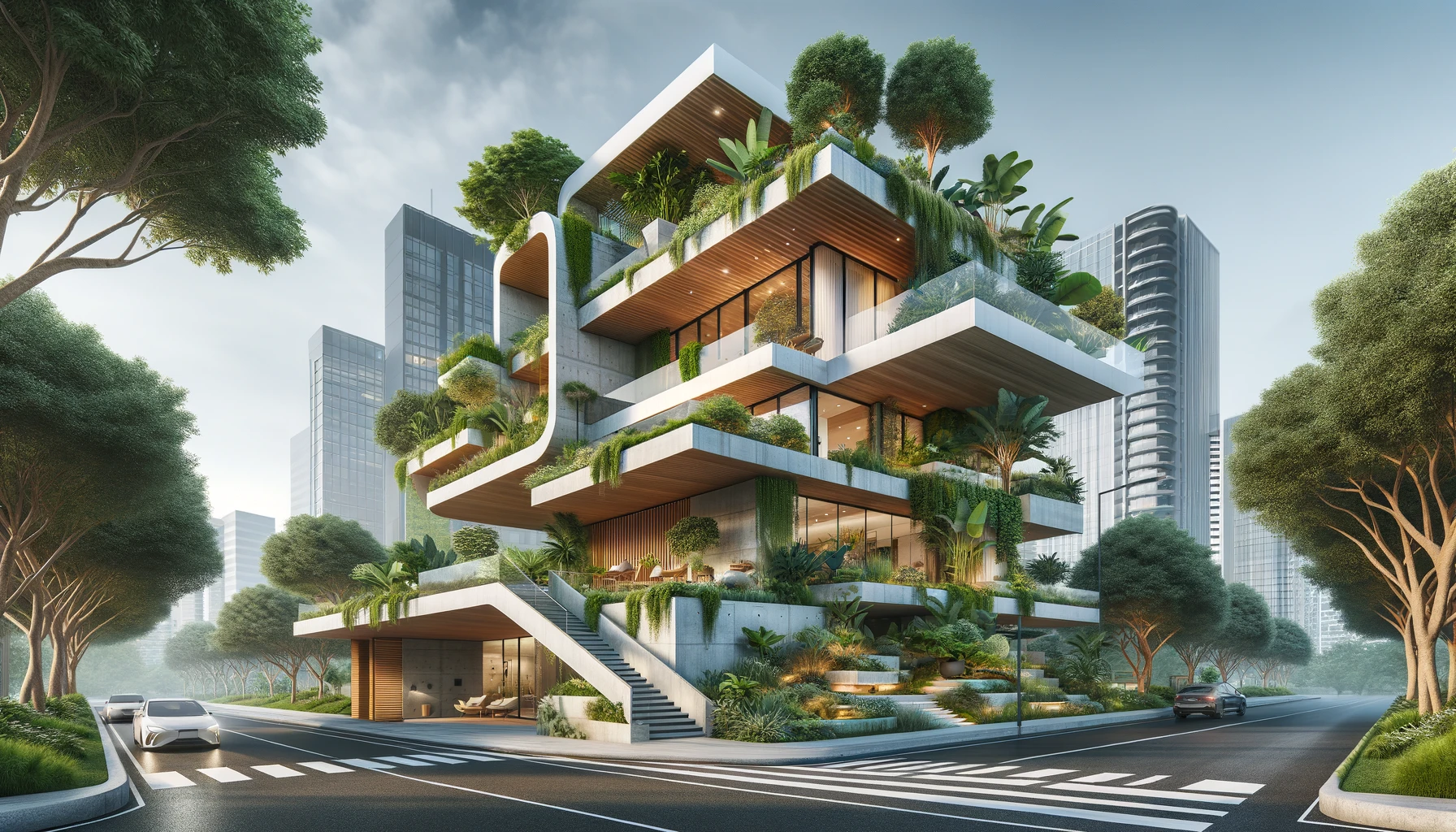
In the evolving landscape of New York City, the future of organic architecture holds tremendous promise. With a burgeoning awareness of environmental concerns and a rising call for sustainable design solutions, the prevalence of organic architecture is poised to soar within the city’s architectural realm. Architects and designers are expected to push the boundaries of organic design, envisioning structures that not only harmonize with the natural environment but also enhance the quality of life for all New Yorkers.
Looking ahead, buildings in the future of organic architecture in NYC may feature several distinctive characteristics. Firstly, they could incorporate advanced green technologies, such as solar panels and rainwater harvesting systems, to maximize energy efficiency and minimize environmental impact. Additionally, architects may prioritize the use of locally-sourced and recycled materials, reducing carbon footprints and promoting sustainability.
Moreover, future organic buildings may boast innovative designs that optimize natural light and ventilation, fostering healthier indoor environments while reducing reliance on artificial lighting and heating. Embracing flexible and adaptable spaces, these structures could cater to the changing needs of their occupants over time, promoting versatility and longevity.
Overall, the future of organic architecture in NYC promises a landscape characterized by innovative, sustainable, and people-centric design solutions, ushering in a new era of urban living that prioritizes harmony with nature and enhances the well-being of city dwellers.



